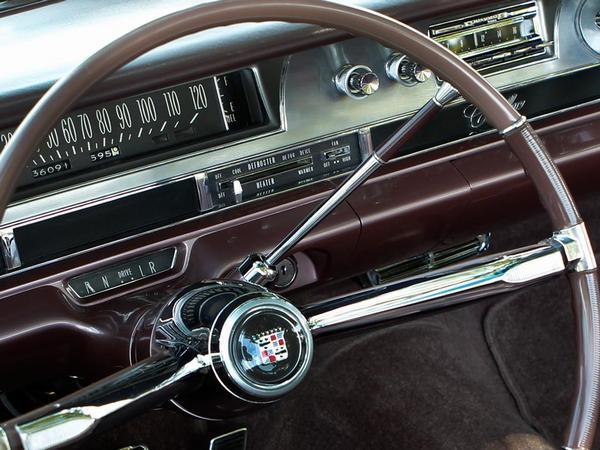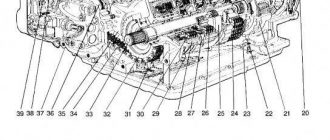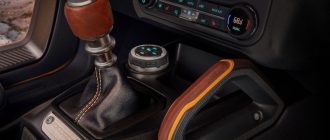The Evolution of First Automatic Transmission Cars
The automatic transmission, a revolutionary invention in the automotive industry, has played a pivotal role in enhancing driving convenience and efficiency. This article delves into the fascinating history and development of the first automatic transmission cars, shedding light on the pioneering minds and technological advancements that paved the way for this transformative technology.
The Forerunner: Semi-Automatic Transmissions
The concept of an automatic transmission can be traced back to the late 19th century, when early attempts were made to eliminate the need for manual shifting. In 1904, Sturtevant developed a semi-automatic transmission featuring a planetary gearset and a centrifugal clutch, providing a rudimentary form of automatic gear selection.
The First True Automatic Transmission
The first fully automatic transmission, capable of shifting gears without driver intervention, was invented by Alfred Horner Munro of General Motors in 1921. This groundbreaking device utilized a planetary gearset, hydraulic control system, and a fluid coupling to achieve seamless gear changes.
The Birth of Hydra-Matic
In 1939, General Motors introduced the Hydra-Matic transmission, the first commercially successful automatic transmission. Initially offered on Oldsmobile models, Hydra-Matic featured four forward speeds and reverse. Its advanced design and reliability made it an instant success, revolutionizing the driving experience.
Systems and Refinements
The following decades witnessed a surge in automatic transmission development. In 1948, Packard introduced the Ultramatic transmission, the first with a torque converter. This innovation significantly improved smoothness and efficiency. In 1956, Chrysler debuted the TorqueFlite transmission, a robust and durable unit that became a mainstay in Chrysler vehicles.
The Borg-Warner Revolution
Borg-Warner, a leading automotive supplier, played a pivotal role in the development of automatic transmissions. In 1953, they introduced the Flight-O-Matic, a compact and cost-effective transmission widely used by American automakers. Borg-Warner also developed the Overdrive, a fifth gear that enhanced fuel economy at highway speeds.
Electronic Control and Shift by Wire
As electronics advanced, automatic transmissions underwent significant transformations. In the 1970s, the first electronically controlled automatic transmissions emerged, enabling more precise and efficient gear changes. By the 1990s, shift by wire systems eliminated the mechanical linkage between the gear lever and the transmission, providing increased flexibility in shifter placement.
Continuously Variable Transmissions (CVTs)
In recent decades, continuously variable transmissions (CVTs) have gained popularity. CVTs provide an infinite number of gear ratios, allowing for seamless and efficient power delivery. Nissan introduced the first CVT in a passenger car in 1992, and CVT technology has since been adopted by numerous automakers.
Future Innovations
The future of automatic transmissions holds even more exciting possibilities. Hybrid and electric vehicles are driving the development of new transmission technologies. Dual-clutch transmissions, offering lightning-fast gear changes, and multi-speed automatic transmissions with up to 10 or more gears are emerging as promising innovations.
Conclusion
The development of the automatic transmission has been a transformative journey characterized by ingenuity, innovation, and a relentless pursuit of driving convenience and efficiency. From the early semi-automatic attempts to the cutting-edge electronic and CVT technologies, automatic transmissions have revolutionized the automotive landscape, making driving more enjoyable and accessible for generations of motorists. As technology continues to advance, we can expect even more innovative and sophisticated automatic transmission systems in the years to come.






